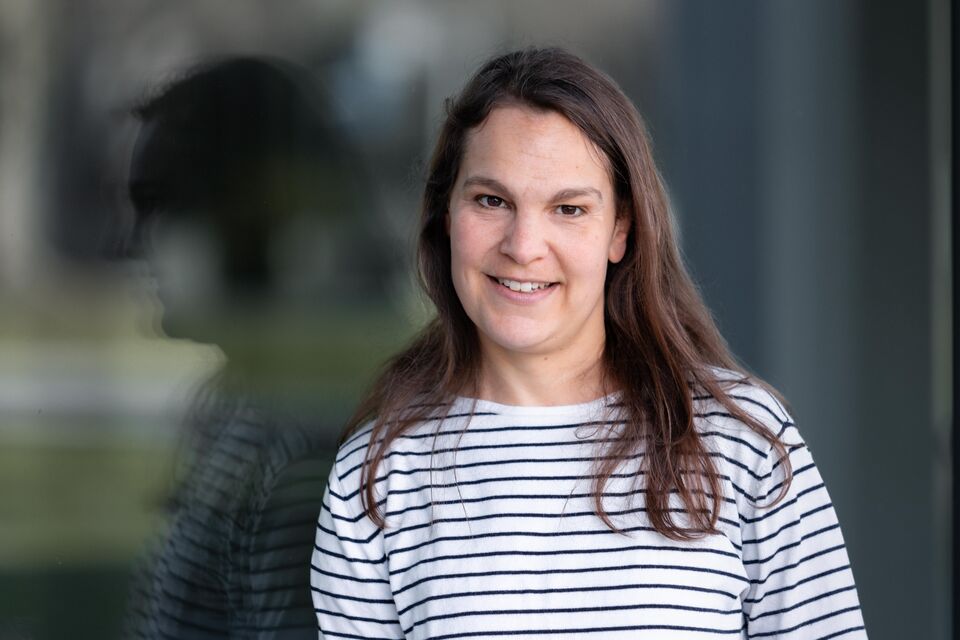
Part-time and pension funds: Mind the retirement gap!
More and more people are working part-time in Switzerland. Reduced working hours also have an impact on the pension fund due to the lower salary: If you don’t actively look after your retirement provision, you risk a massive pension gap. This makes private pension provision all the more important.
Until recently it was primarily mothers who went from full to part-time. Today that’s changed. In addition to looking after children and caring for family members, there are many other reasons for working part-time, such as a time-intensive hobby, doing volunteer work, developing a side gig into a more serious venture or just maintaining a healthy work-life balance. There has likely never been a time when so many people have had the privilege of planning their days however they like.
But as attractive as part-time employment is, it also has drawbacks. Particularly where retirement savings are concerned. The Swiss pension system has developed over time, so it is designed for full-time employees. Your part-time salary might be enough for you to live off of today. But what about your financial future? Likely the contributions you are making today will be too little for you to preserve your present standard of living when you get older. The best thing to do is to take a moment now to check how much your pension will be after you retire. This way you still have enough time to close any potential retirement gaps. One way to do this is to put aside additional retirement savings in Pillar 3 (Pillar 3a or Pillar 3b).
Working part-time in Switzerland
Part-time work has become very popular in Switzerland. 39% of the working population works part-time. Within Europe, this puts Switzerland in second place only behind Holland (51%) for the most number of people working part-time jobs. Three times more women work part-time than men, and six out of ten women work part-time (source: Swiss Federal Statistical Office, 2022). Mothers especially appreciate working part-time because a full-time job is often incompatible with taking care of a family.
Why do part-time jobs mean lower retirement savings?
If you work less, you earn less, which means you pay less into OASI (state pension = Pillar 1) and into OPA (occupational benefits insurance = Pillar 2). This will have a negative impact on your pension later on due to the lower contributions. For this reason, the Swiss Conference of Gender Equality Delegates recommends that women do not work less than 70% for a significant period of time.
And the gaps grow even larger when women take career breaks, possibly to spend a year or two at home to devote themselves entirely to their children. Gaps also happen when people take a sabbatical to travel the world. As a result, you will be short of contribution years, which will lead to a noticeable reduction in your pension.
What is a pension gap?
All gainfully employed persons in Switzerland must pay into OASI, and from an annual income of more than CHF 22,680 (as of 2025) into a pension fund. In return, they will receive a retirement pension from the time they retire. The amount of the pension is determined by the amount of contributions you make during your working life. Today, OASI and OPA pensions cover around 60 percent of your last salary, and in many cases even less. The difference between the pension amount paid out and the actual cost of living is referred to as the pension gap.
What requirements are there for a full OASI pension?
The maximum pension of CHF 2,520 per month (as of 2025) depends on the average income, education and/or care credits, and any contribution gaps. Contribution gaps are particularly critical, as every missing contribution year results in a further 2.3% reduction in the pension. To avoid this, you must take the initiative yourself during work breaks and pay in the annual minimum OASI contribution of currently CHF 530 (as of 2025). You can request a statement for your personal OASI account from the compensation fund. You can make up for these lost contributions within five years once you start paying in the minimum contribution.
What disadvantages will part-time workers see in their occupational benefits insurance?
If you earn more than CHF 22,680 a year (as of 2025), your employer must register you with a pension fund in accordance with OPA (Federal Act on Occupational Benefits). If you make less than this, you are not required to be enrolled in Pillar 2. For part-time employees, the so-called “coordination deduction” is an additional disadvantage:
Tips for part-time employees
If you work part-time, your annual salary is decisive for Pillar 2. If your annual salary is less than CHF 22,680 (as of 2025), it does not qualify for the entry threshold, so you are not insured. If it is higher, your annual salary less the coordination deduction is insured. After this deduction, there is often not much left, which can have a negative impact on your pension. However, some pension funds have less strict rules, so it’s worth taking a look at your employer’s regulations.
Robust retirement savings despite working part-time?
Pay into the Pillar 3 account. Targeted saving lets you close any gaps you have in your retirement. Pillar 3a, which has limits on contributions and withdrawals, is particularly suited to long-term savings and tax savings. Members of a pension fund can make voluntary contributions of up to CHF 7,258 per year (as of 2025).
If you are not insured under OPA, you can also pay into Pillar 3a or use Pillar 3b. For Pillar 3a, the following applies: a maximum of one-fifth of the annual income subject to OASI contributions; a maximum of CHF 36,288 (as of 2025).
Start early. The earlier you start to save, the better. Paying in small, manageable amounts over a long period of time really adds up. This is how you build a solid retirement and also achieve your personal savings goals.
Invest profitably. Put your money to work for you by investing in funds or equities, for instance. Broad diversification and a long investment horizon minimize the risks. Our tip: Pillar 3a retirement solutions such as SmartFlex let you invest according to your needs. You determine what ratio of security to return opportunities suit you best. And you decide what to invest in – such as only in sustainable companies or only in Swiss companies.






